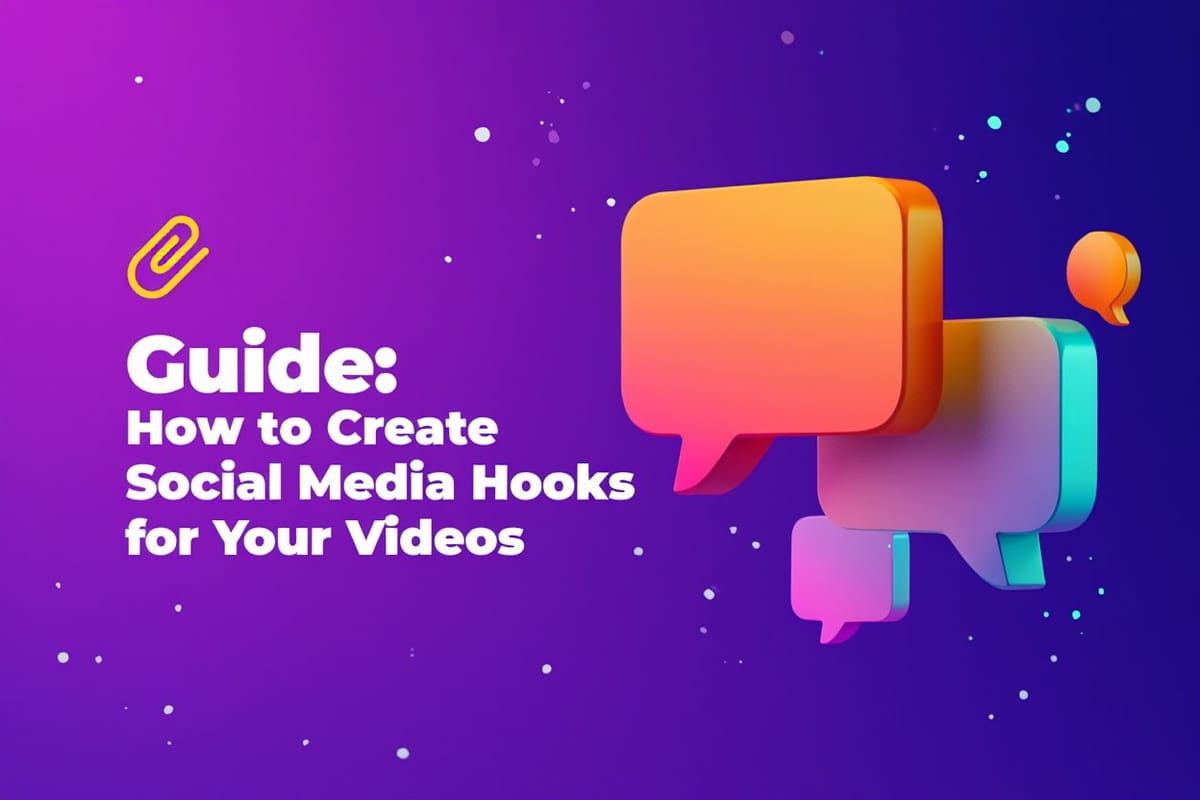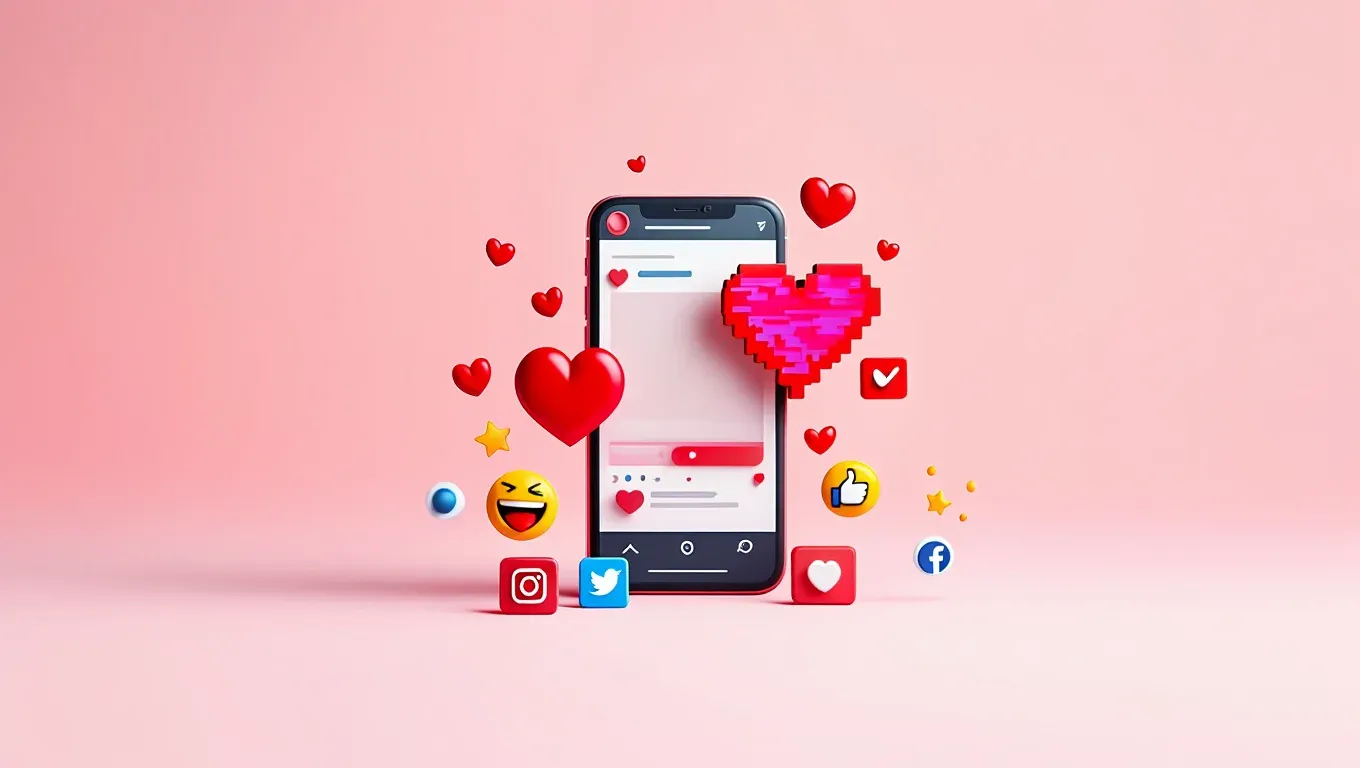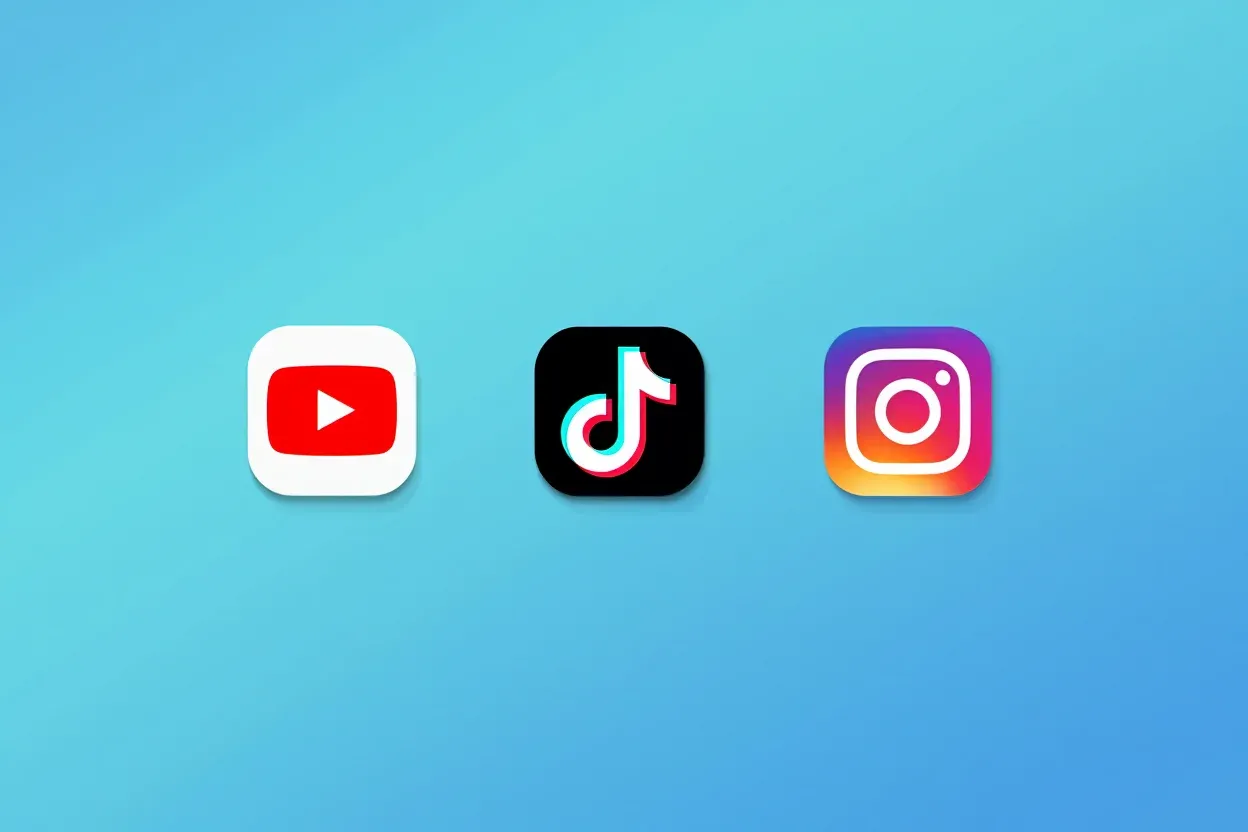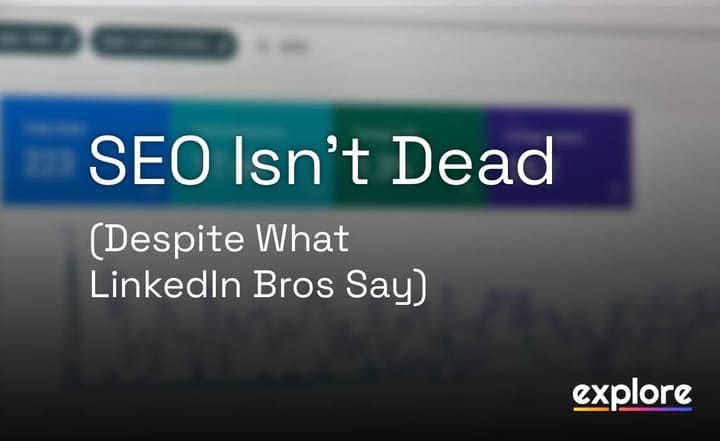Guide: How to Create Social Media Hooks for Your Videos

Creating engaging social media hooks for your videos can feel like trying to find a needle in a haystack. You know it’s out there, but how do you make it shine so brightly that it practically jumps out at viewers? Fear not, because this guide is here to help you craft those irresistible hooks that will have your audience clicking “play” faster than a cat chasing a laser pointer.
What is a Social Media Hook?
Before diving into the nitty-gritty, let’s clarify what a social media hook actually is. Think of it as the shiny bait that lures your audience into the depths of your video content. It’s that captivating moment or phrase that grabs attention and makes viewers stop scrolling. Whether it’s a jaw-dropping fact, a hilarious joke, or an eye-catching visual, a good hook sets the stage for the rest of your video.
In the world of social media, where attention spans are shorter than a goldfish’s memory, having a strong hook is crucial. You want to make sure your content stands out in a sea of cat videos and dance challenges. So, let’s explore how to create hooks that not only attract viewers but also keep them engaged!
One effective strategy for crafting a compelling social media hook is to tap into the emotions of your audience. Whether it’s curiosity, humor, or even nostalgia, evoking an emotional response can significantly increase the likelihood of viewers stopping to watch your content. For instance, starting with a relatable scenario or a thought-provoking question can pique interest and encourage viewers to think, “I need to see where this goes!” This emotional connection not only draws them in but also fosters a sense of loyalty, making them more likely to return for future content.

Additionally, incorporating storytelling elements into your hook can create a narrative that resonates with viewers. A brief anecdote or a surprising twist can intrigue your audience and make them eager to learn more. For example, instead of simply stating a fact, you might frame it within a story that illustrates its significance. This technique not only captures attention but also enhances the overall impact of your message, making it more memorable and shareable. In a digital landscape overflowing with information, a well-crafted story can be the difference between a fleeting glance and a captivated viewer.
Why Hooks Matter
Hooks are like the opening act at a concert. If they’re good, they get the crowd pumped up for the main event. If they’re not, well, let’s just say people might start looking at their phones instead of the stage. In the realm of video content, hooks serve several important purposes:
1. Capturing Attention
In a world where your audience is bombarded with content every second, a compelling hook can cut through the noise. It’s your chance to say, “Hey, look at me!” Whether it’s through a shocking statistic or a relatable scenario, the right hook can make all the difference. For instance, starting with a question that resonates with your audience can pique their curiosity and make them want to stick around for the answer. Think about how many times you've clicked on a video just because the title or opening line made you think, "I need to know more!"
2. Setting Expectations
A good hook not only grabs attention but also sets the tone for what’s to come. It gives viewers a sneak peek into the value they’ll gain by watching the entire video. Think of it as a movie trailer that promises action, drama, or laughs—whatever your content delivers! By establishing a clear expectation, you help viewers understand why they should invest their time in your video. This is especially crucial in educational content, where a hook can outline the key takeaways, making the viewer feel that they will leave with valuable knowledge or skills.
3. Encouraging Engagement
When viewers are hooked, they’re more likely to engage with your content. This means liking, sharing, commenting, and all those other fun interactions that make social media so delightful. A strong hook can lead to a community of followers who eagerly await your next video. Moreover, engagement doesn't just benefit you; it enhances the viewer's experience, creating a sense of belonging and connection. When people feel involved, they are more likely to share their thoughts and experiences, turning your video into a conversation starter that extends beyond the screen.
4. Building Anticipation
Another important aspect of a well-crafted hook is its ability to build anticipation. When viewers are intrigued by the initial moments of your video, they are more likely to stick around to see how the story unfolds. This is particularly effective in storytelling formats, where a hook can introduce a conflict or mystery that compels viewers to stay engaged until the resolution. By teasing what’s to come, you create a narrative arc that keeps your audience invested, making them more likely to return for future content.
5. Differentiating Your Content
In a saturated market, having a distinctive hook can set your content apart from the competition. It’s not just about being attention-grabbing; it’s about being memorable. A unique hook can encapsulate your brand’s voice and style, making your videos instantly recognizable. This differentiation is essential for building a loyal audience who can identify your content among countless others. Whether it’s a signature phrase, a specific visual style, or a recurring theme, a strong hook can become a hallmark of your brand, fostering familiarity and trust with your viewers.

Types of Hooks to Consider
Now that we understand the importance of hooks, let’s dive into the various types you can use. The beauty of hooks is that there’s no one-size-fits-all approach. Depending on your content and audience, you can mix and match to find what works best.
1. The Shocking Fact
Nothing grabs attention quite like a shocking fact. Whether it’s a mind-blowing statistic or an unexpected piece of information, these hooks can leave viewers with their jaws on the floor. For example, “Did you know that 90% of people will never achieve their goals?” That’s a sure way to make someone stop scrolling! Shocking facts not only capture attention but also provoke thought and discussion. They can serve as a springboard for deeper exploration into your topic, allowing you to build a narrative that keeps your audience engaged. Imagine following up that statistic with a discussion on the psychology behind goal-setting or the common pitfalls that lead to failure—this adds layers to your content and encourages viewers to reflect on their own experiences.
2. The Relatable Scenario
Everyone loves a good “me too” moment. By presenting a scenario that your audience can relate to, you create an instant connection. For instance, “Ever tried to eat healthy but ended up devouring an entire pizza? Yeah, me too.” This kind of hook makes viewers feel seen and understood, which is a great way to draw them in. Relatable scenarios can also evoke emotions, making your content more memorable. When people see themselves in your story, they are more likely to engage with it and share it with others. You could expand on this by sharing a humorous anecdote about your own struggles with healthy eating, perhaps detailing the guilty pleasure of a late-night snack binge. Such personal touches can enhance relatability and foster a sense of community among your audience.
3. The Intriguing Question
Questions are like breadcrumbs leading viewers into your content. An intriguing question piques curiosity and encourages viewers to stick around for the answer. Something like, “What’s the one thing you should never say to a cat?” is bound to get people interested. Plus, it sets the stage for some fun content! Questions can also serve as a powerful tool for engagement, prompting your audience to think critically or even respond in the comments. You might consider following up with a series of questions that delve deeper into the topic, such as, “What are the most common misconceptions about cat behavior?” or “How can understanding feline communication improve your relationship with your pet?” This not only keeps the conversation going but also positions you as a knowledgeable source in your niche, encouraging viewers to return for more insights.
@lana.k.social Take these 8 hooks I’m literally giving you for free and make your videos better #hooks #hookideas #verbalhooks #tiktoktips #contenttips
♬ original sound - Lana | TikTok Coach
Crafting Your Hook: Step-by-Step
Alright, it’s time to roll up those sleeves and get to work! Crafting a hook may seem daunting, but with a little creativity and some strategic thinking, you’ll be a hook-making machine in no time.
1. Know Your Audience
The first step in creating an effective hook is understanding who your audience is. What do they care about? What makes them laugh, cry, or gasp? Conducting audience research can provide valuable insights. Use polls, surveys, or even just good old-fashioned observation to figure out what resonates with your viewers.
2. Identify the Core Message
What’s the main takeaway you want your viewers to have? Once you’ve pinpointed your core message, you can tailor your hook to align with it. For example, if your video is about productivity hacks, your hook could be something like, “What if I told you that you could get twice as much done in half the time?”
3. Experiment and Iterate
Don’t be afraid to experiment with different hooks! Try out various styles, formats, and tones to see what resonates best with your audience. You might find that a straightforward fact works better for some videos, while a humorous approach is more effective for others. The key is to keep testing and iterating until you find your sweet spot.
Examples of Effective Hooks
Sometimes, seeing examples can spark inspiration. Here are a few hooks that have proven to be effective across different platforms:
@zaye.agency Stop to ignored content. A good hook is the first step to capture, engage and convert In this Reel, we show you how to craft a hook that truly grabs attention. Ready to take your content to the next level? ______ Stop au contenu ignoré. Un bon hook, c'est la première étape pour captiver, engager et convertir. Dans ce Reel, on vous montre comment créer une accroche qui retient vraiment l'attention. Prêt à faire passer votre contenu au niveau supérieur ? #hookmarketing #agencedigitale #contentcreator #contentstrategy
♬ son original - zaye agency
1. The “Wait for It” Hook
These hooks build suspense and keep viewers watching. For instance, “In just 30 seconds, I’ll reveal the biggest mistake you’re making in your morning routine.” This kind of hook encourages viewers to stick around for the payoff.
2. The Humor Hook
Humor is a powerful tool for engagement. A funny hook can disarm viewers and make them more receptive to your message. For example, “If procrastination were an Olympic sport, I’d be a gold medalist!” This not only grabs attention but also makes viewers chuckle.
3. The Visual Hook
Sometimes, a striking visual can serve as a hook in itself. Think about using eye-catching graphics, animations, or even unexpected visuals that make people stop scrolling. A vibrant thumbnail or an attention-grabbing opening shot can work wonders.
Testing Your Hooks
Once you’ve crafted a few hooks, it’s time to put them to the test. Testing is crucial to understanding what works and what doesn’t. Here are some strategies to consider:
1. A/B Testing
A/B testing involves creating two versions of your video with different hooks and measuring which one performs better. Platforms like Instagram and YouTube allow you to track engagement metrics, so you can see which hook resonates more with your audience.
2. Analyze Engagement Metrics
Keep an eye on metrics like watch time, likes, shares, and comments. If you notice that certain hooks lead to higher engagement, take note! This data can guide your future content creation.
3. Gather Feedback
Don’t hesitate to ask your audience for feedback! Encourage them to share their thoughts on your hooks and what they find engaging. This not only helps you improve but also fosters a sense of community.
Common Mistakes to Avoid
Even the best of us can trip over our own shoelaces sometimes. Here are a few common mistakes to watch out for when creating hooks:
1. Being Too Vague
If your hook is too vague or unclear, viewers may lose interest before they even get to the good stuff. Make sure your hook is specific enough to give a clear idea of what to expect. Instead of saying, “Here’s something interesting,” try, “Here’s how I saved $1,000 in one month!”
2. Overhyping
While it’s important to create excitement, overhyping can lead to disappointment. If your hook promises something groundbreaking and the content doesn’t deliver, viewers may feel cheated. Always strive for authenticity in your hooks.
3. Ignoring Platform Differences
Different social media platforms have different cultures and expectations. What works on TikTok may not resonate on LinkedIn. Tailor your hooks to fit the platform you’re using, considering factors like audience demographics and content style.

Final Thoughts
Creating social media hooks for your videos doesn’t have to be a daunting task. With a little creativity, experimentation, and a sprinkle of humor, anyone can craft hooks that captivate and engage audiences. Remember, the key is to know your audience, be authentic, and always be willing to adapt.
So go ahead, unleash your inner hook master! With the tips and strategies outlined in this guide, you’ll be well on your way to creating videos that not only attract viewers but also keep them coming back for more. Happy hooking!





Comments ()